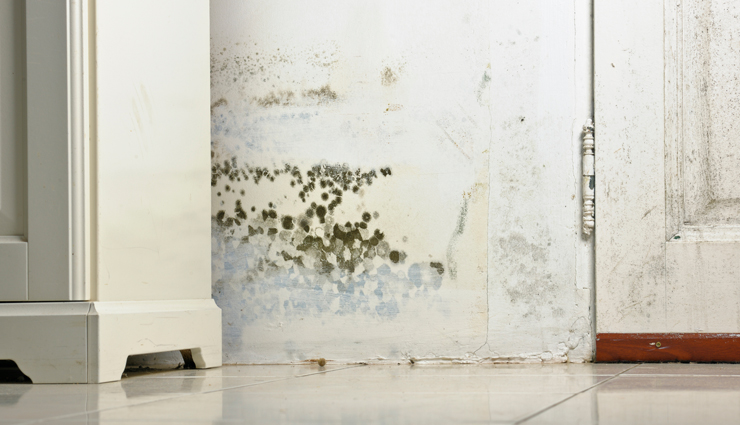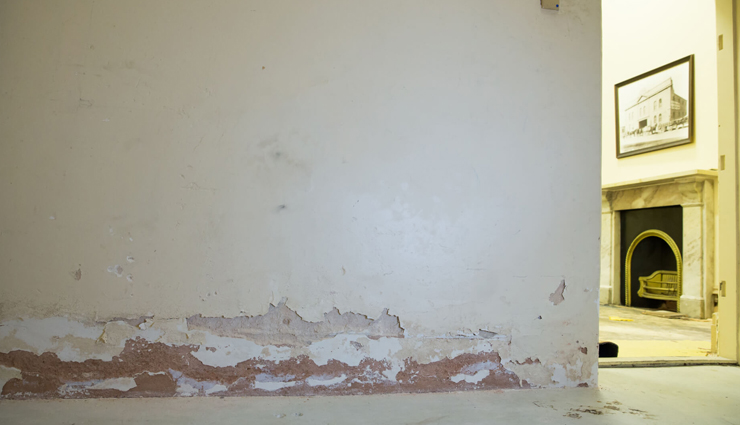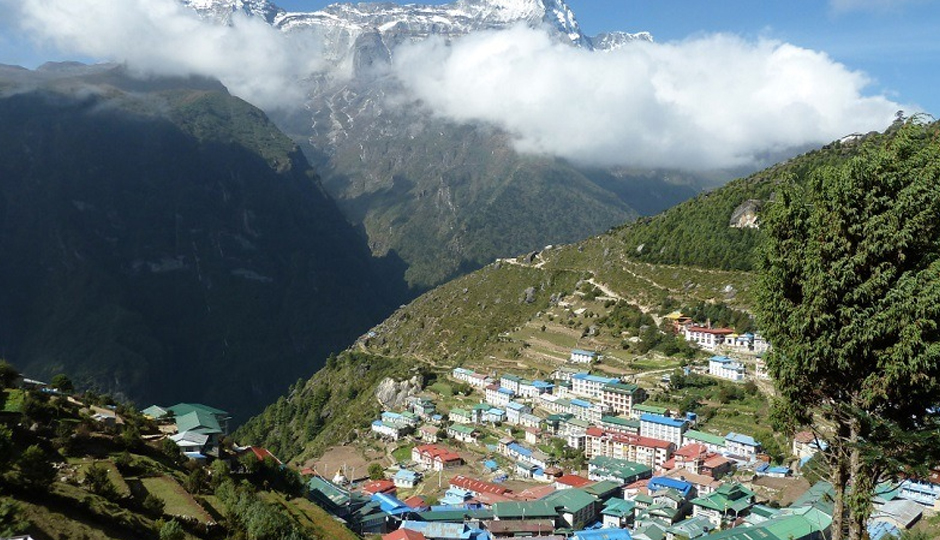4 Ways To Help You Prevent Damp Walls During Monsoon
By: Kratika Maheshwari Sat, 05 Sept 2020 6:35:55

A large number of Indian homeowners complain of damaged walls and how to prevent damp walls with the onset of the monsoon. During the rainy season, moisture seeps through the exteriors of the house and causes damp patches on the internal walls. This results in peeling paint, leakage, mold, fungus and also makes your home feel cold and dank. Often, these patches remain long after the rainy season has passed.
Prolonged exposure to moisture can do serious damage to your walls and to the structure of the house, so it’s essential to deal with the problem effectively.

Major Causes of Damp Walls
- Moisture from the ground can rise above ground level and damage walls
- Splashing rain water can cause walls to dampen
- Sloping roofs can collect water that can percolate into the home and cause cracks
- Blocked drainage pipes can collect water and cause damp wall.
* Check for any cracks in the walls and seal them
Over time, the walls of your house can develop cracks, which typically start near the door and window frames. These cracks allow moisture to get into the structure of your building and cause damp patches. All these gaps need to be filled with crack fill putty. Once the gaps and cracks are filled, all the loose plaster is removed and the wall is then re-painted. Just make sure you do this before the monsoon starts.
* Waterproof the external walls and roof
Many exterior paints used on buildings are permeable and allow water to seep from the exteriors of your house to the interior walls. To prevent seepage, exterior waterproofing coats are required for the external walls A waterproof coat will create a barrier to the rain water and moisture, and prevent damp walls in your home.
Waterproofing the roof is just as crucial as waterproofing external walls. The terrace is exposed to harsh weather conditions and water easily accumulates on the surface resulting in leakage and damp patches on the interiors. Roofs should ideally have a waterproof roof coating which acts as a sealant and prevents seepage of water.

* Install a damp proof course
Sometimes, you will notice wet patches all along the lower portion of your walls, close to the skirting.
A damp proof course is a preventive measure to prevent ground water from rising up through the walls of your house. In a damp proof course, a preventive barrier of an impervious material ( something that doesn’t allow water to pass through) is constructed into the brick wall about 150mm above ground level. This prevents any moisture from the ground rising through the walls and causing damage.
Most buildings are usually constructed with a damp proof course in place. However, if you’ve noticed damp patches on the lower portion of your walls, the damp proof course may need replacing. This is an intensive job that needs to be done right. Therefore, its best to get a professional to evaluate the damage and replace the damp proof course if necessary.
* Grunting and pressure grouting
- Gunting
It refers to the process of spraying a layer of concrete mixture to pipes and walls, making it waterproof.
- Pressure Grouting
This process refers to applying a mixture of cement and sand with a jet into cracks, voids or fissures present in a structure.





